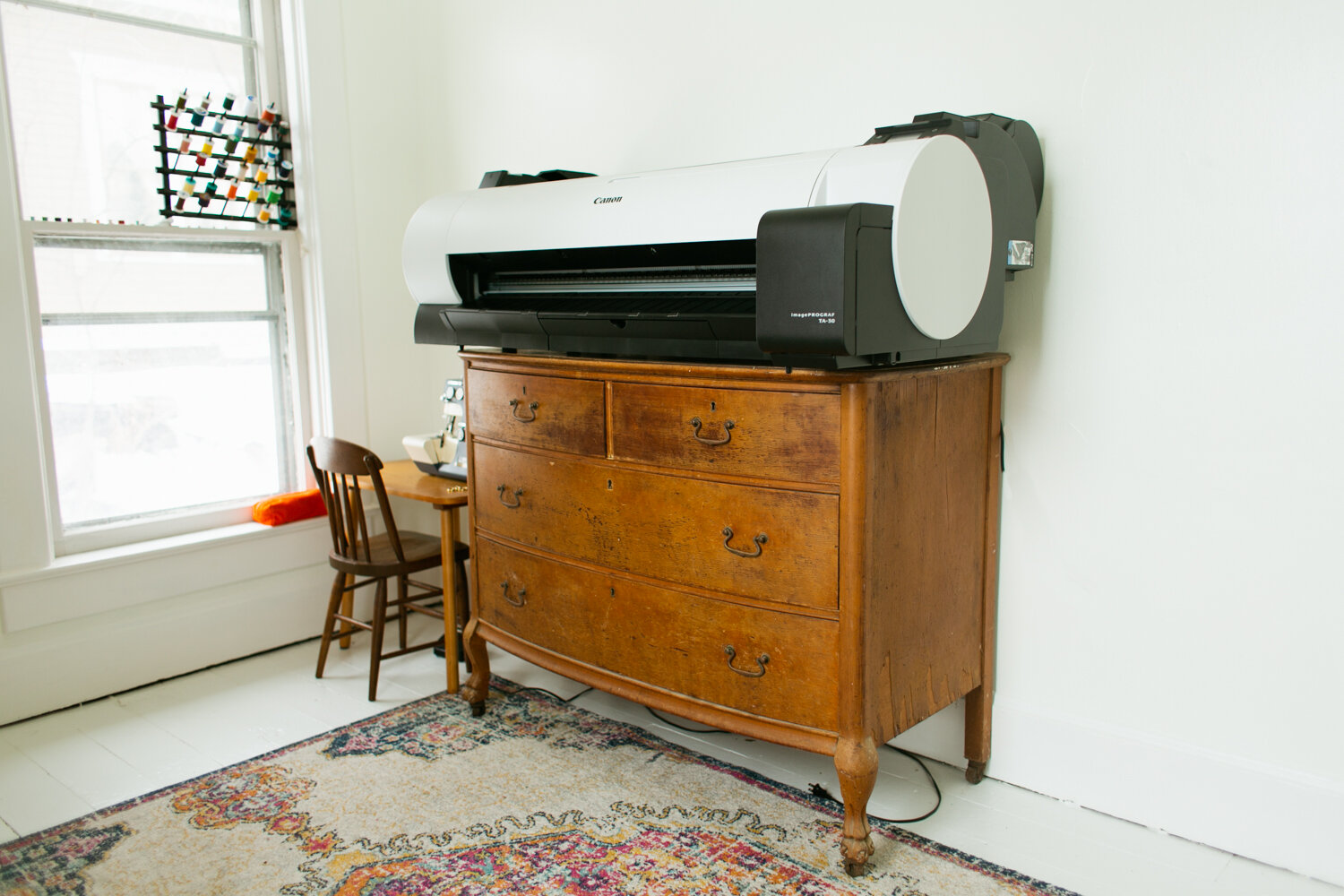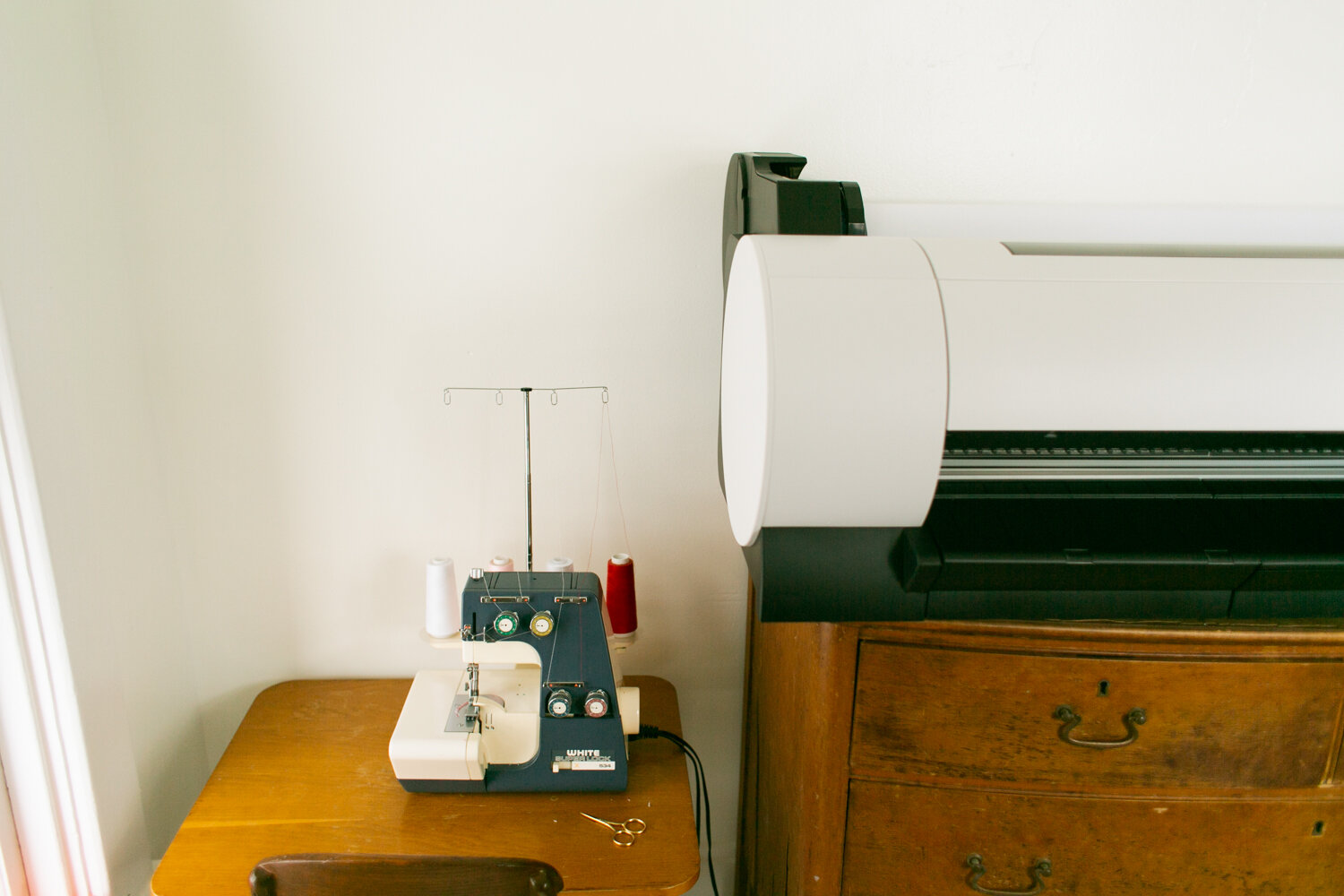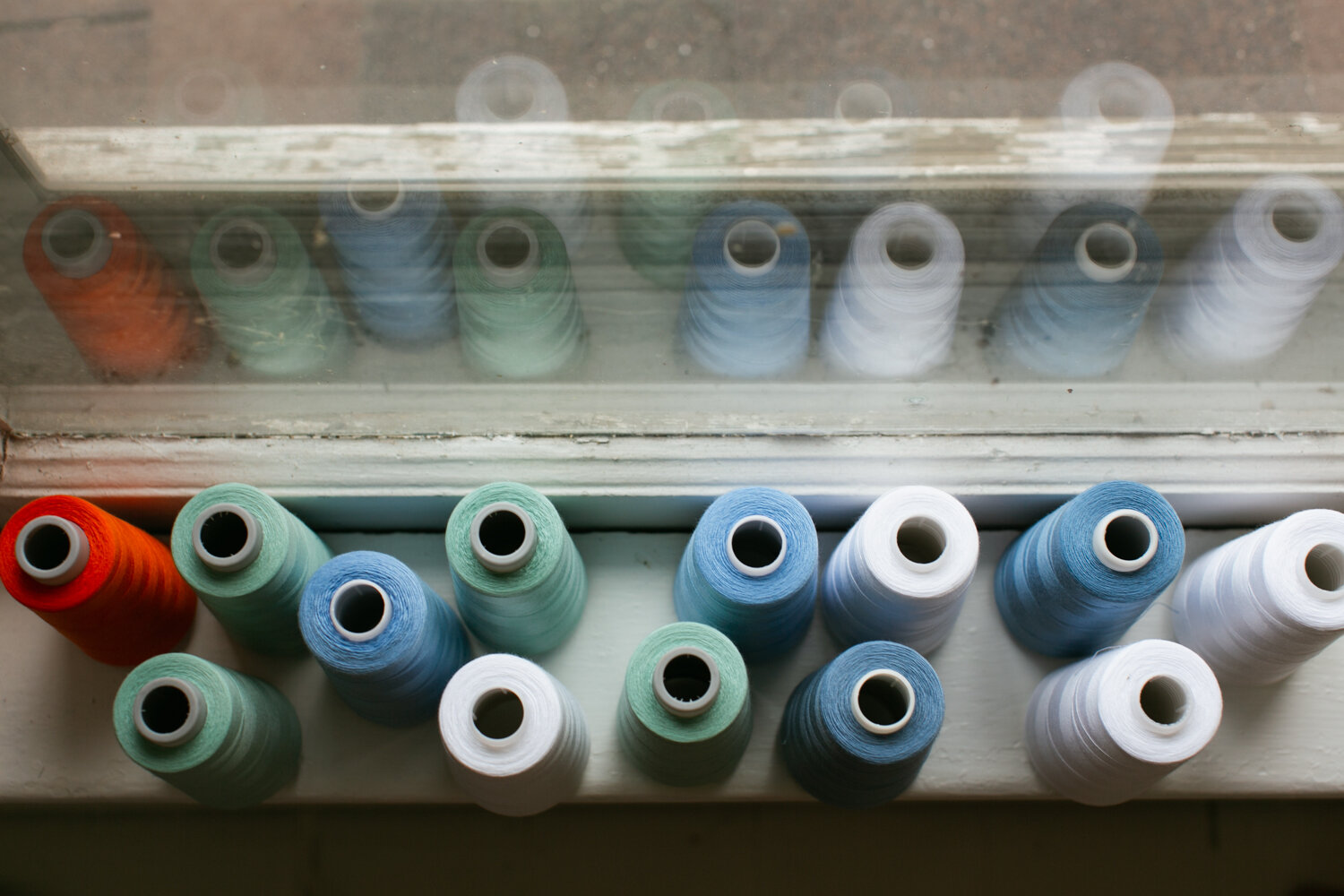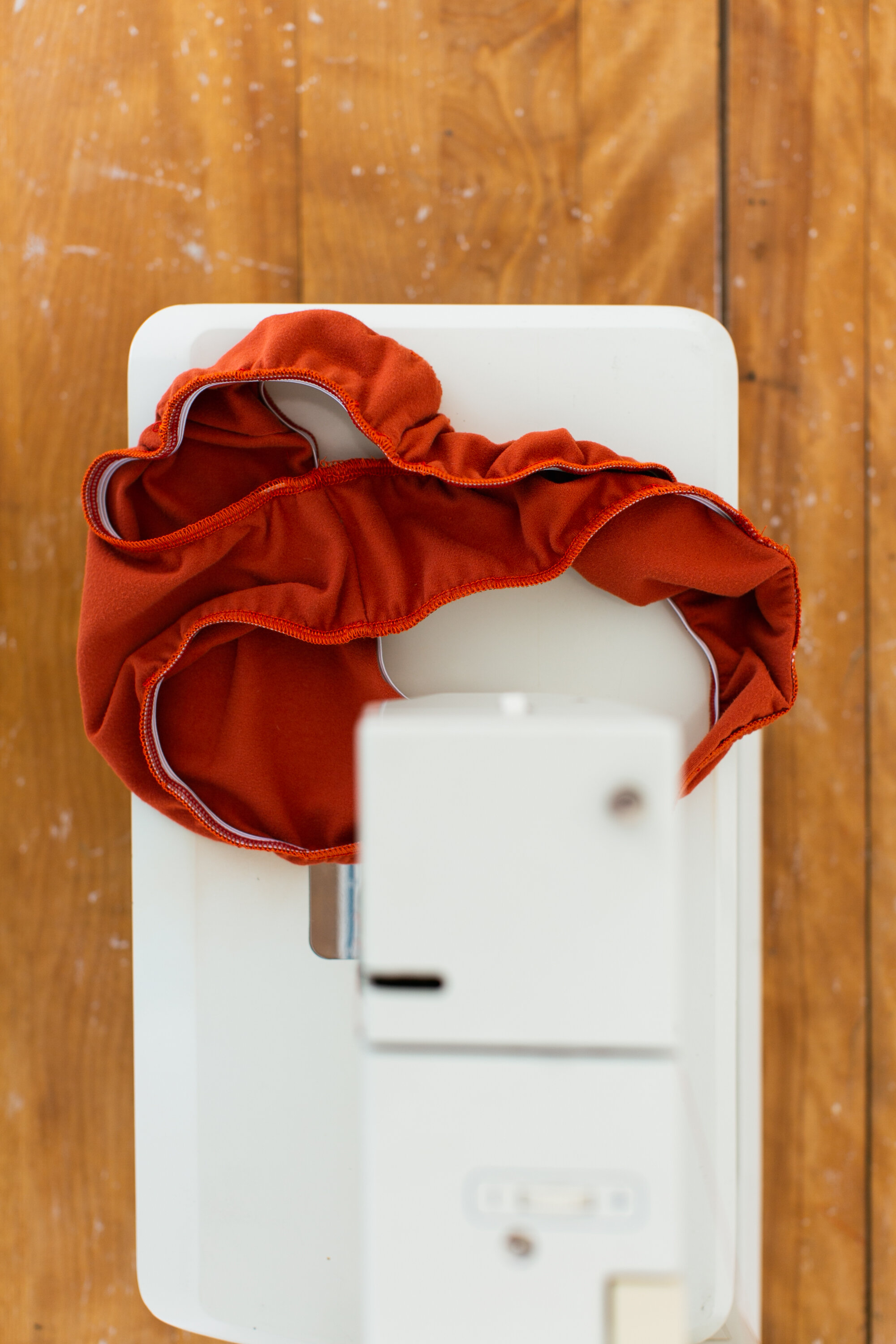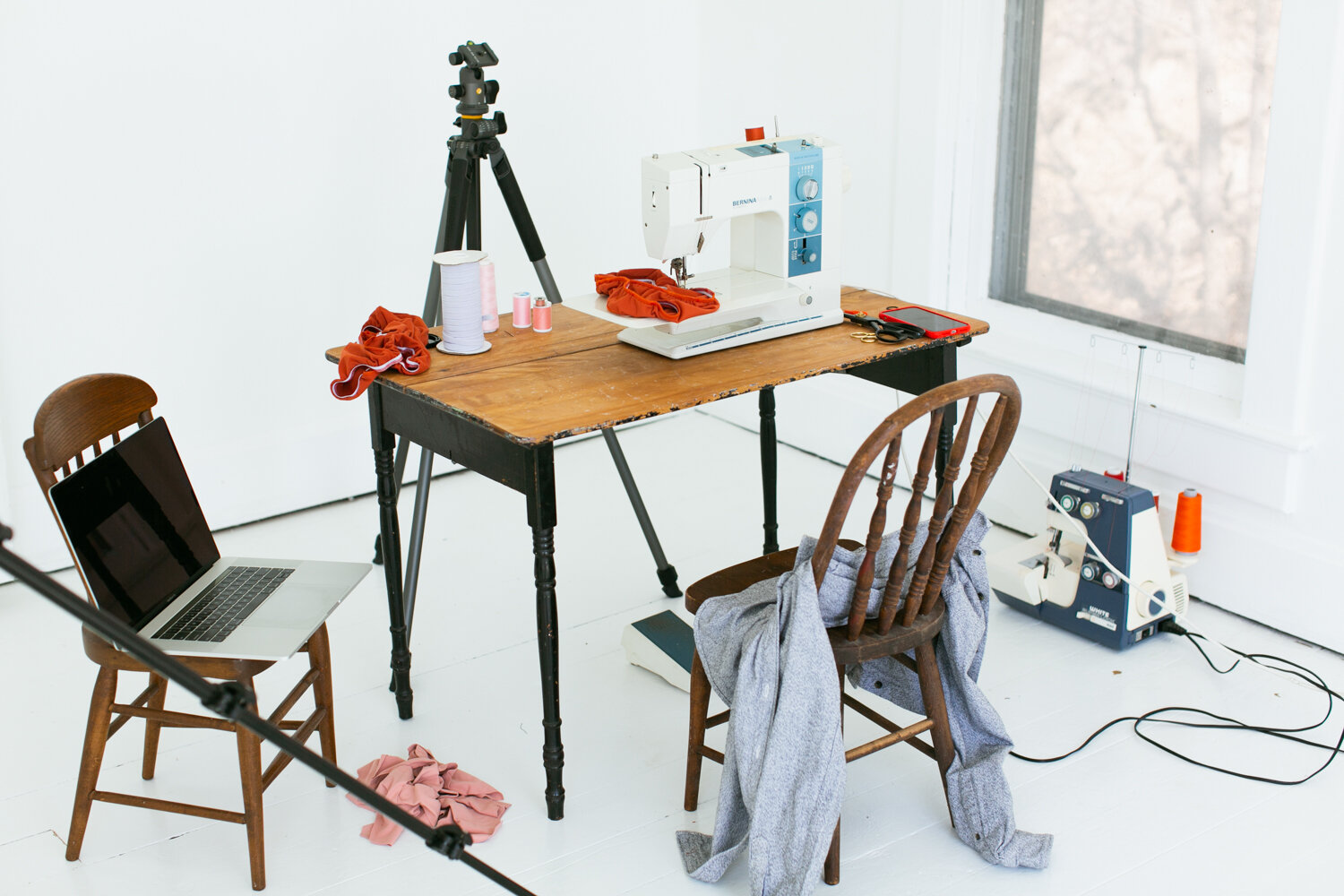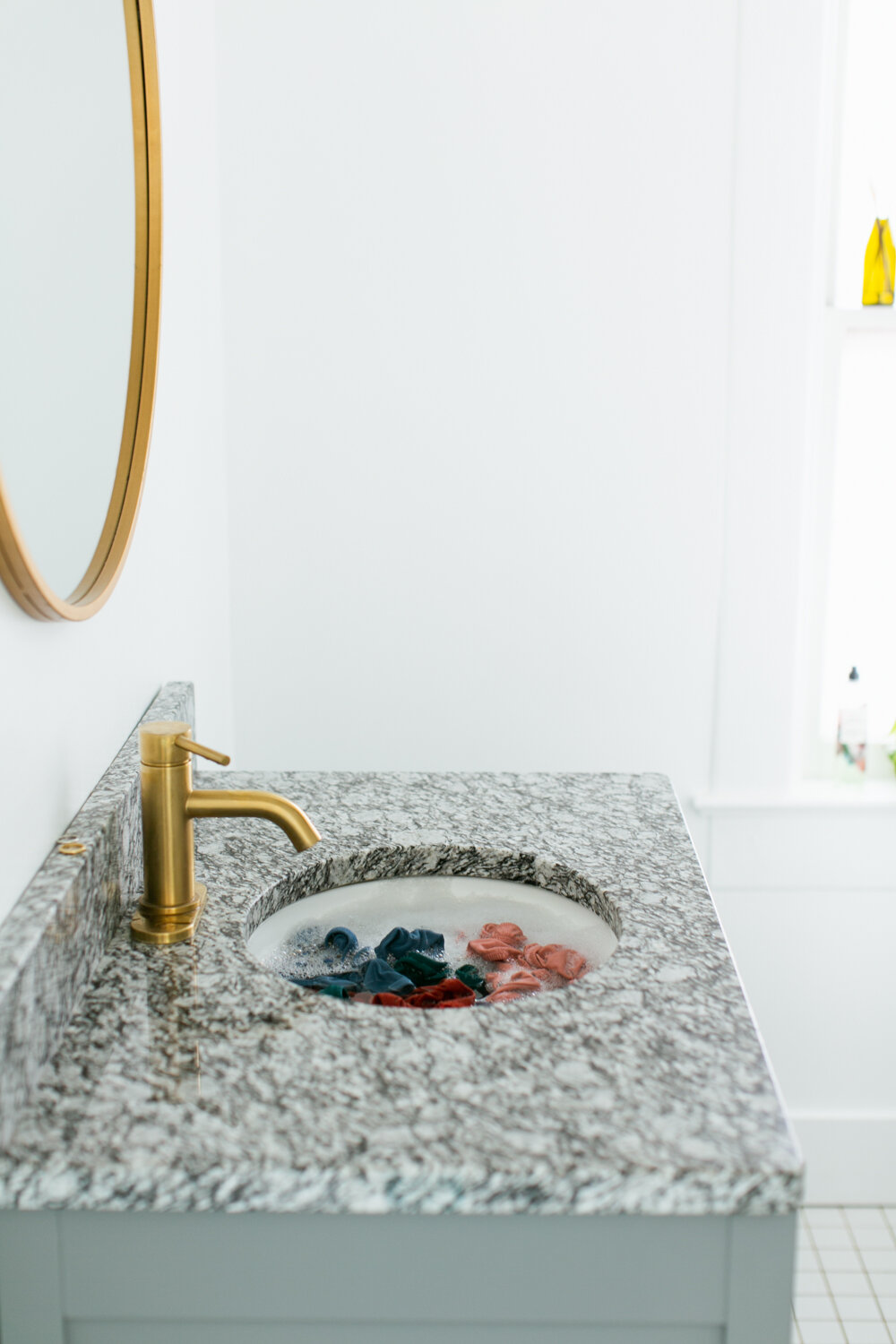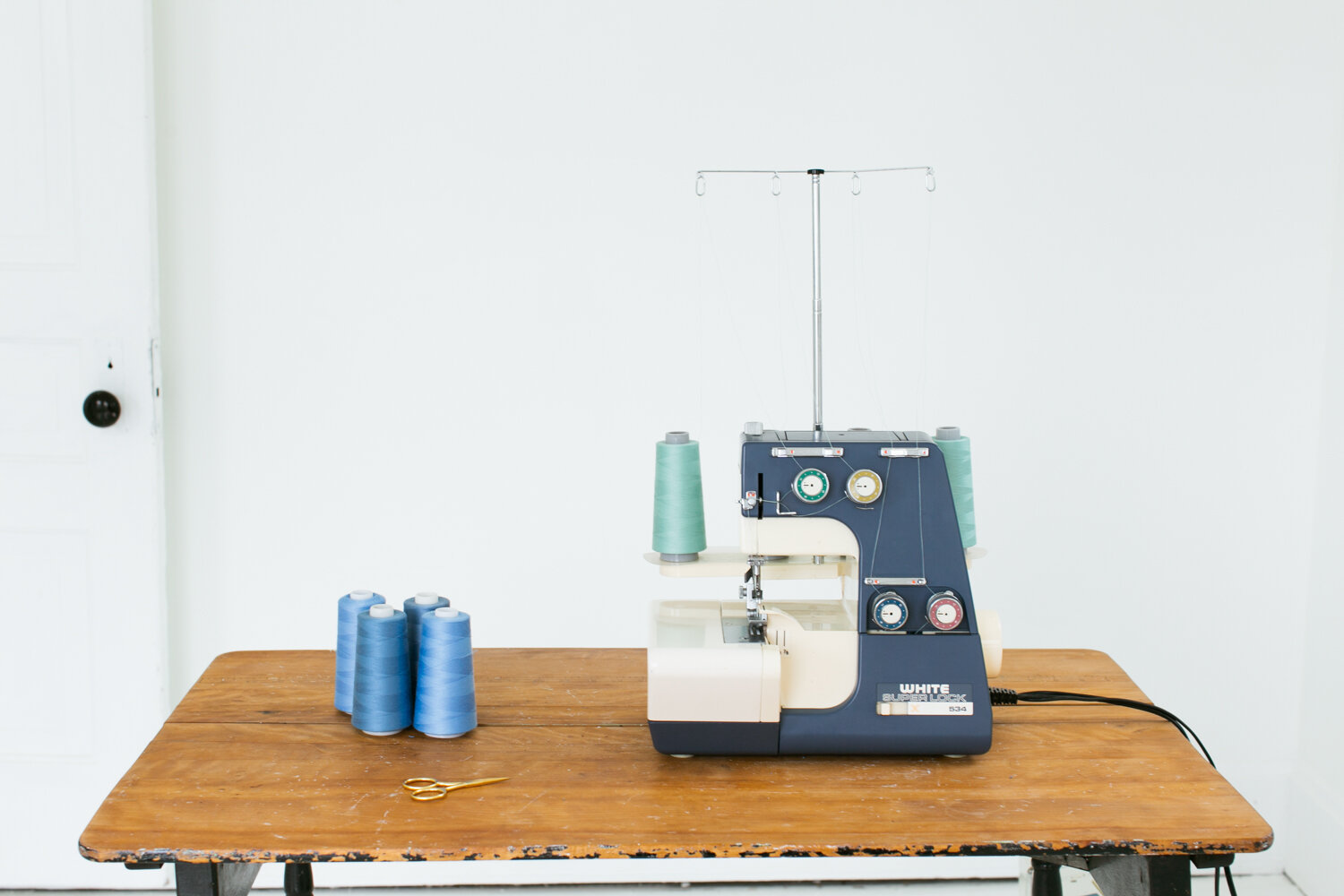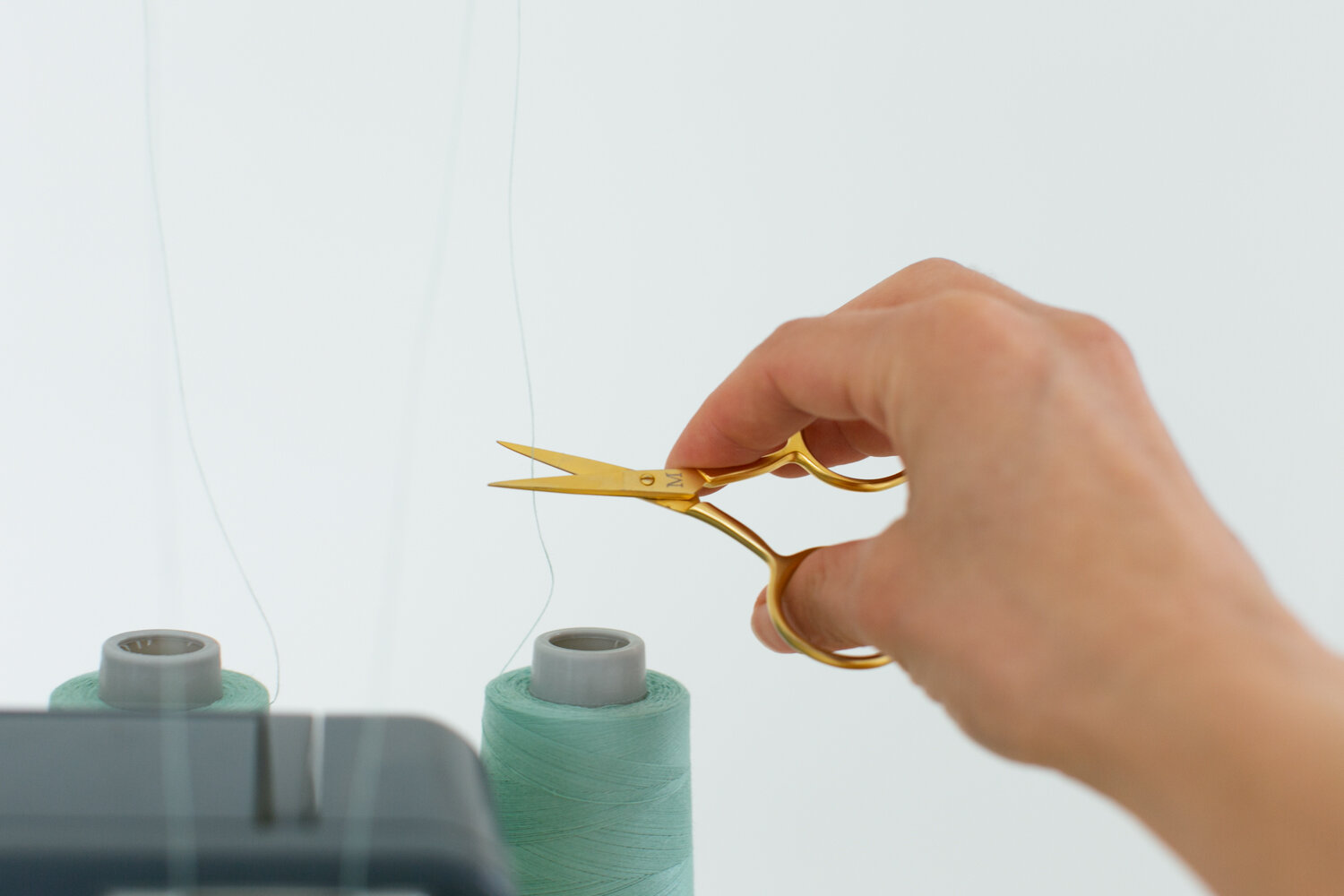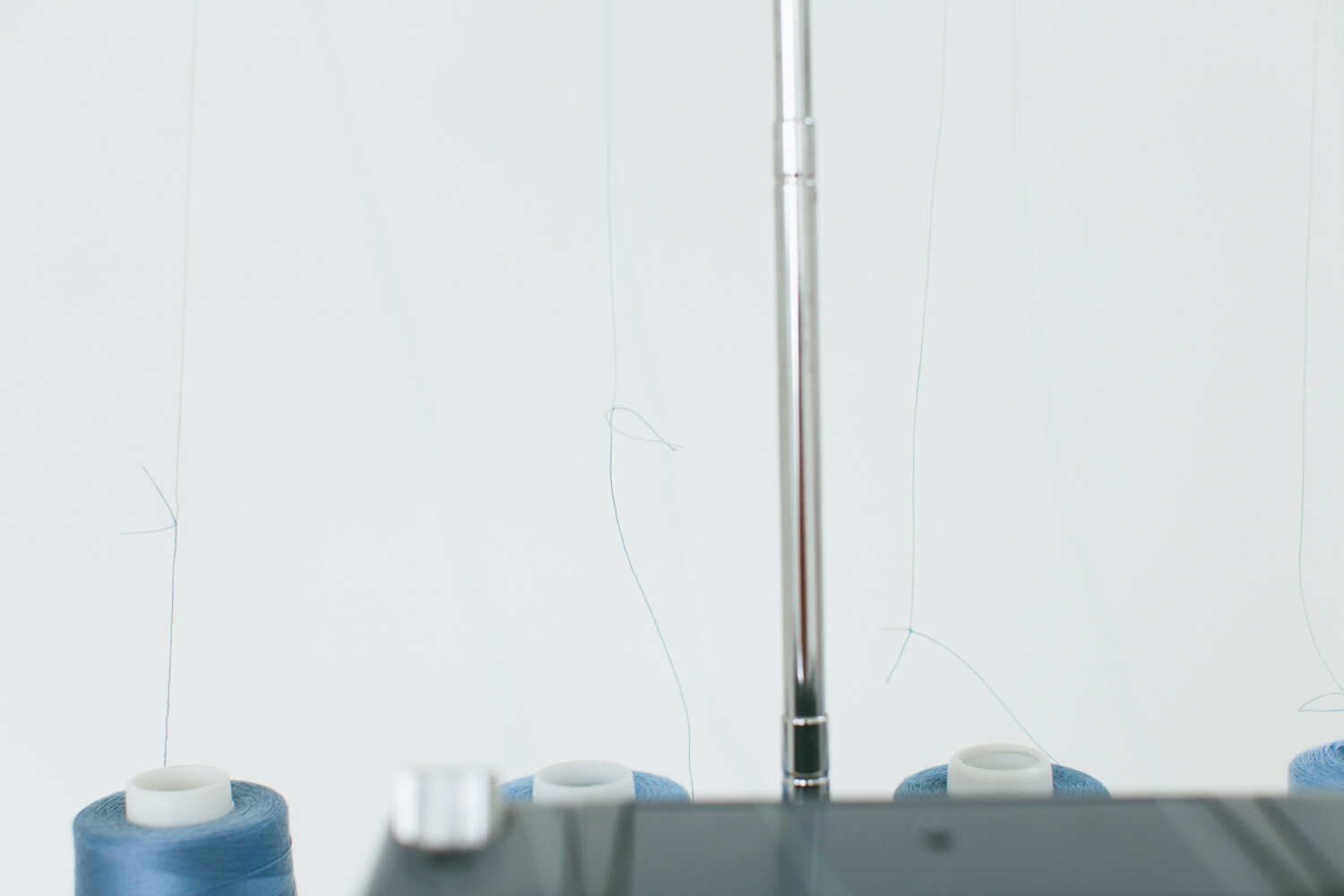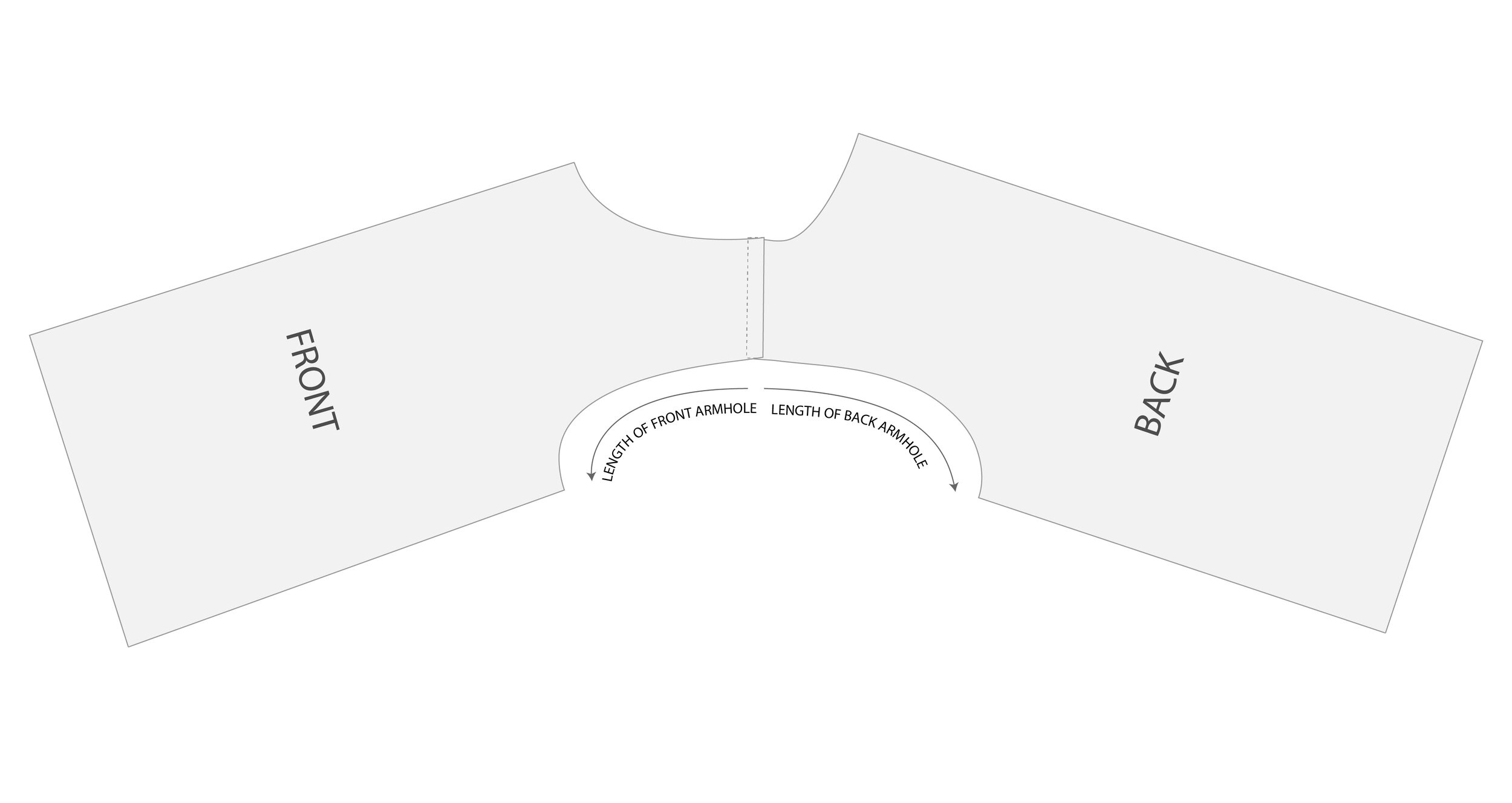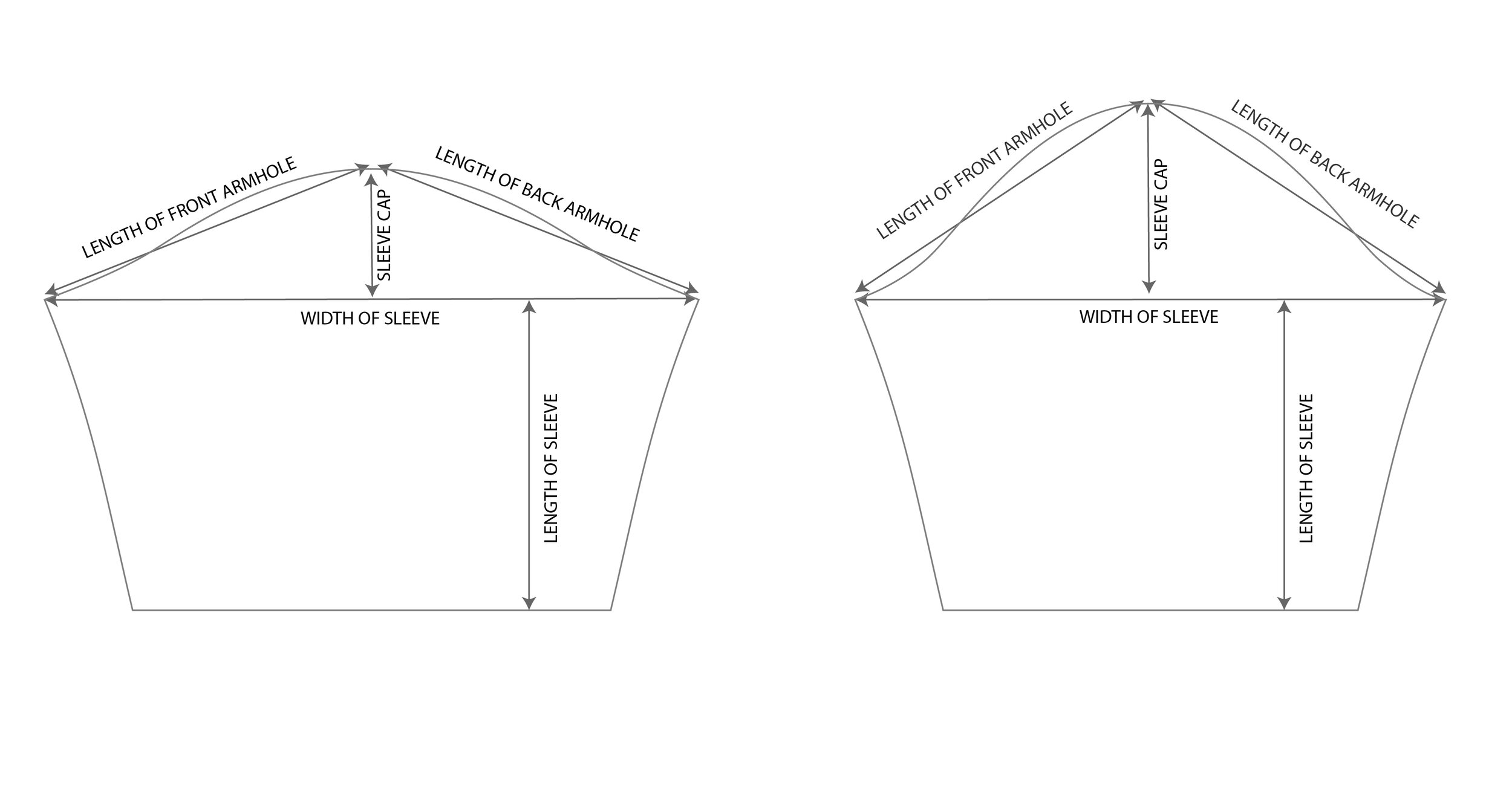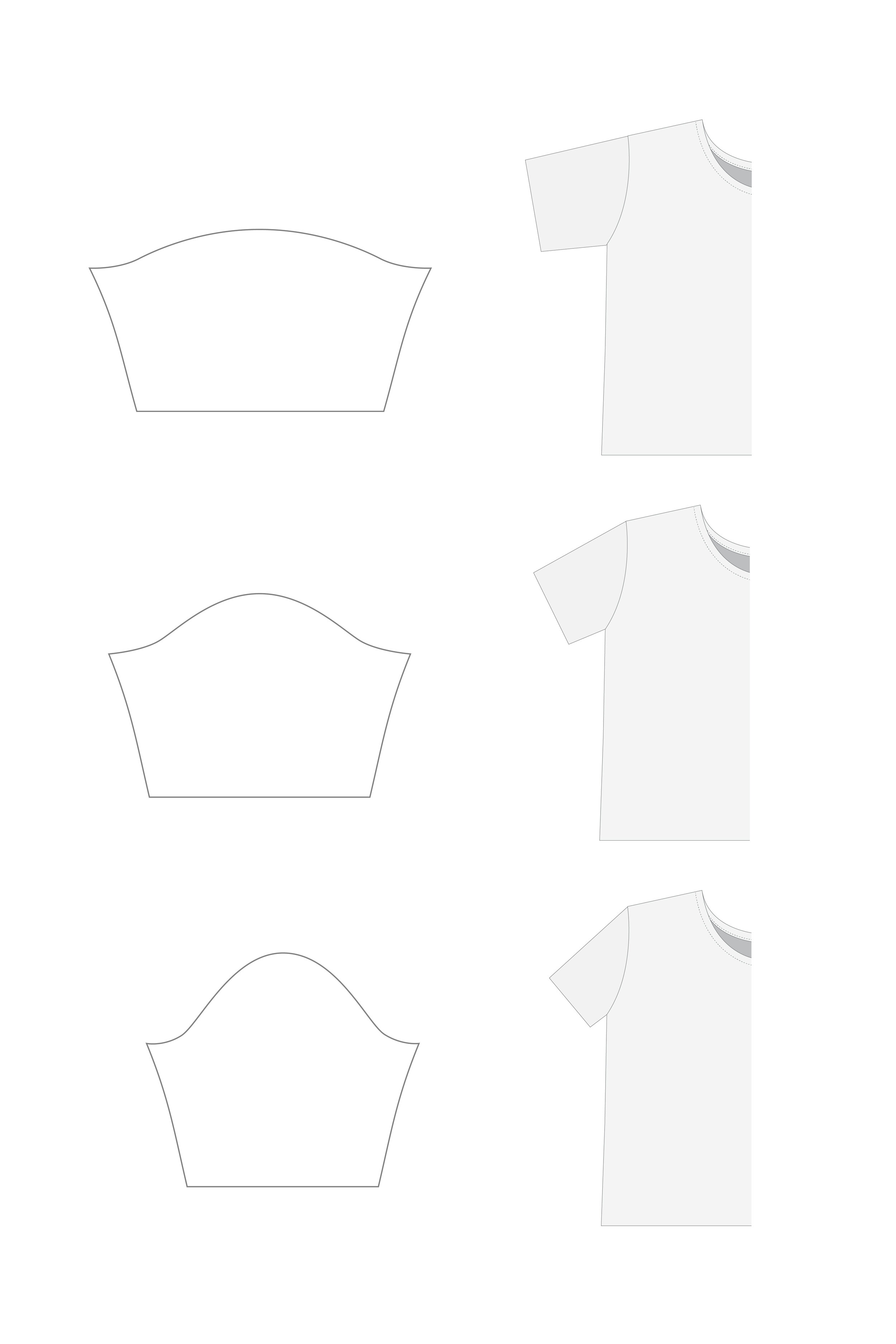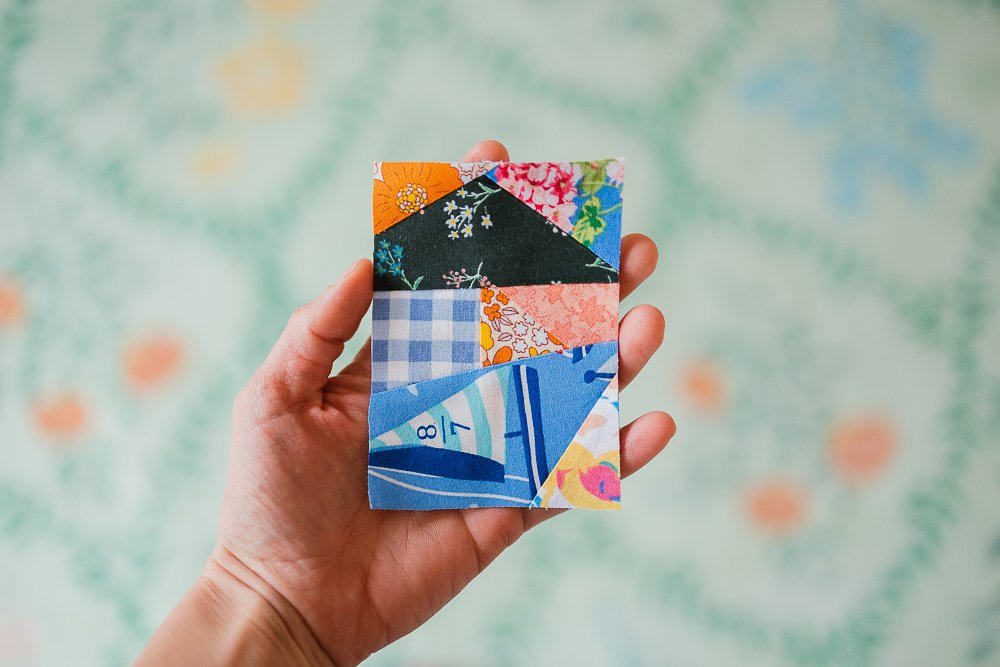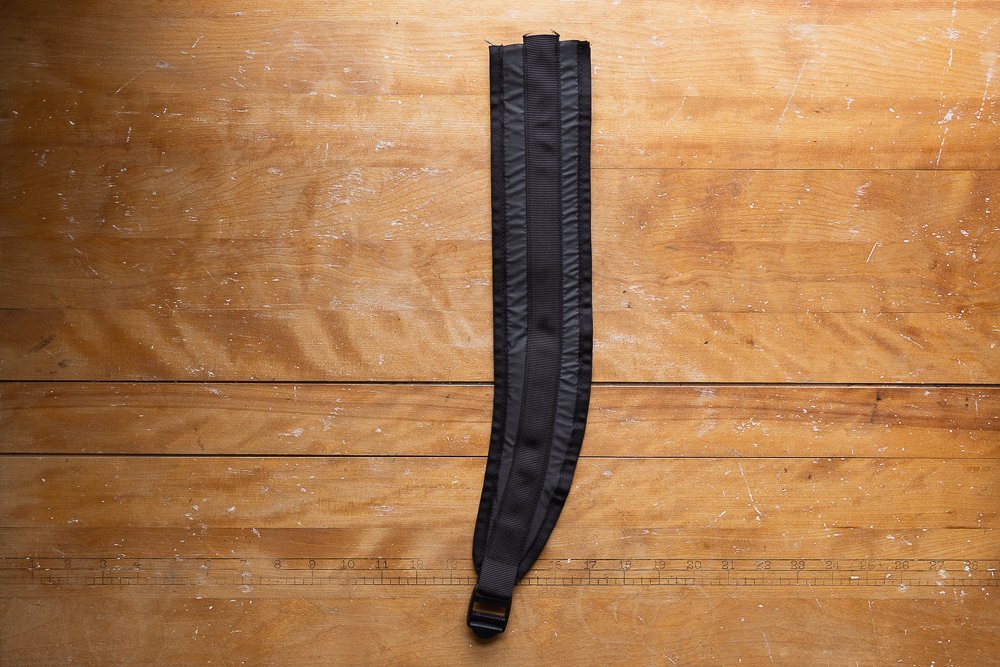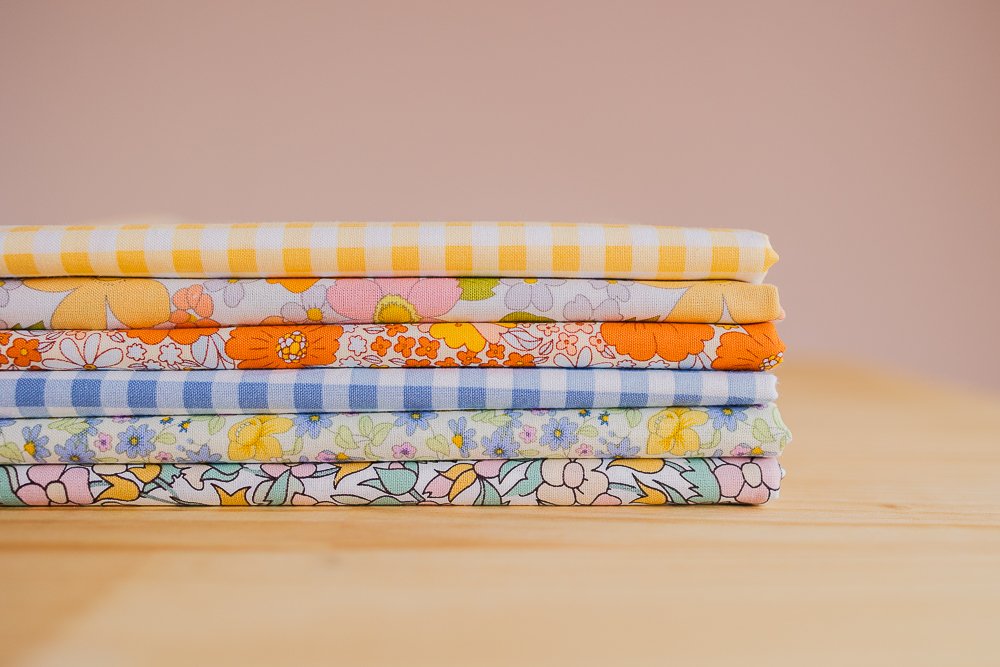I’m happy to introduce an addition to my sewing room — Big Printer.
Big Printer is a 36” plotter printer that can print out patterns on one continuous sheet of paper, just like a copy shop. This is handy for my own sewing and pattern drafting.
But even more exciting is the opportunity to start offering printed patterns to online customers and to indie sewing shops.
My local print shop is wonderful to work with and kindly printed pattern envelopes for me.
These shelves from Ikea were just what I was looking for. Simple, unstained wood, adjustable, affordable, easy to put together and move. Little Printer, rolls of paper, and a mix of shipping supplies and my personal sewing tools are organized on these shelves.
I wasn’t sure where I was going to put Big Printer. It’s bigger than I expected. But it fits perfectly on top of my antique dresser. I’m currently using it to house fabric. Generally I prefer open shelving for fabric so I can easily see what I have. But this is what fits best in my sewing room for now, so I’m thankful to have it on hand.
Big Printer and Blue Serger are enjoying each other’s company.
Printed patterns coming next week!


